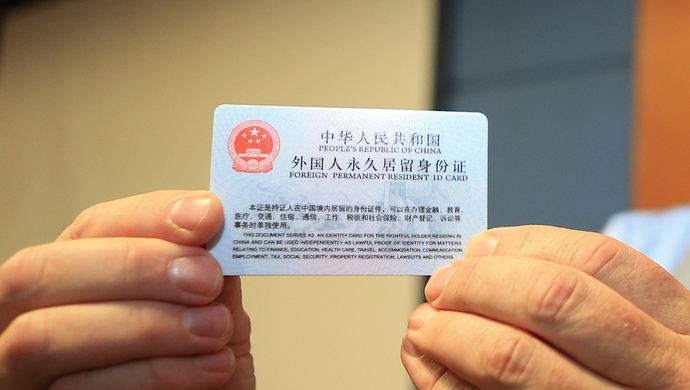
By China Jobs Daily
Wooden chopsticks,
bamboo chopsticks,
melamine chopsticks…
Which are easier to go moldy?
Shenzhen people often disinfect chopsticks by washing them with boiling water before a meal, does it work?
Recently, Shanghai Consumers Council tested 860 pairs of chopsticks made of different materials, the result may surprise you.
Bamboo and wooden chopsticks used for more than 6 months are easier to go moldy
Among chopsticks made of different materials, which are easier to go moldy? Shanghai Consumers Council collected 200 pairs of chopsticks used by ordinary families and 660 pairs of new chopsticks for the test. They are made of bamboo, wood, stainless steel, melamine, alloy, etc. During the test, the workers simulated different environments of the chopsticks of which some were dried and some were not dried after washing, and then observed mold growth on them.

(Photo: Shanghai Consumers Council Website)
The test result showed:
The mold amount of wet chopsticks was 25% more than that of dry chopsticks.
Under different environmental humidity, the growth of mold on chopsticks is very different.
Among them, mold is very easy to grow under the condition of 80% humidity (such as the plum rain season in southern China), but it does not grow at 40% humidity. Temperature has little effect on the growth of mold.
In addition, old chopsticks and bamboo and wooden chopsticks are easier to mold. The result shows that the chopsticks used for more than 6 months are easier to mold, and their mold amount is 30% more than that of new chopsticks and chopsticks used for less than 3 months. Wooden and bamboo chopsticks have loose structures, and their grooves and fine lines on the surfaces are easy to hide bacteria. The mold count of bamboo and wooden chopsticks is more than 7 times that of stainless steel, alloy and melamine chopsticks.
Thus, the Consumers Council reminds consumers to store chopsticks dry. The stored chopsticks should be kept dry. Chopsticks are easy to mold when the humidity is high. It is suggested that dehumidifier should be used to reduce the indoor air humidity to prevent mold in a high humidity environment, such as in the plum rain season.
“Disinfect chopsticks with boiling water”, it doesn’t work!
How to disinfect chopsticks? Which disinfection method is better?In this test, the disinfection effects of alcohol, microwave oven, pressure cooker, boiling water, ozone disinfection cabinet and other methods were compared by the Consumers Council. The result shows:
Alcohol has no effect on mold;
Although the microwave oven has the shortest disinfection time (3 minutes), it can only be used for alloy chopsticks;
The five kinds of chopsticks can be disinfectd by pressure cooker, boiling water and ozone disinfection cabinet, but the disinfection time is slightly different.

(Photo: Shanghai Consumers Council Website)
Shenzhen people often disinfect chopsticks
by washing them,
does it work?
The test result shows ↓↓
“Disinfect chopsticks with boiling water” doesn’t work. Only when the disinfection time is more than 20 minutes can the colony and mold on the chopsticks be effectively removed.
Among the five kinds of chopsticks, stainless steel, alloy and melamine chopsticks are easier to disinfect than wooden chopsticks and bamboo chopsticks.
The Consumers Council reminds people that it is best to disinfect chopsticks once a week and form the habit of changing chopsticks frequently. It is better to change chopsticks every six months.

▲ Applicability of five types of chopsticks in five disinfection methods and the disinfection effects on mold
Thorough cleaning is also an important factor affecting the disinfection effect of chopsticks. Under the same disinfection method, the disinfection effect on thoroughly cleaned chopsticks is better, and the numbers of colonies and molds are 80% less than those of non-cleaned chopsticks.
Therefore, the Consumers Council reminds people that cleaning chopsticks can not only remove food residues and oil stains from chopsticks, but also remove some remaining microorganisms on chopsticks. People are suggested to form the habit of cleaning chopsticks after meals, and wash them carefully and slowly. After cleaning, put the chopsticks on the bowl rack to dry in a scattered way or dry them with a special cloth, and then put the chopsticks head up into the chopsticks cage.
[Source]: Southern Metropolitan Daily, Shanghai Consumers Council, China Consumer Journal









 京公网安备 11011202001511号
京公网安备 11011202001511号